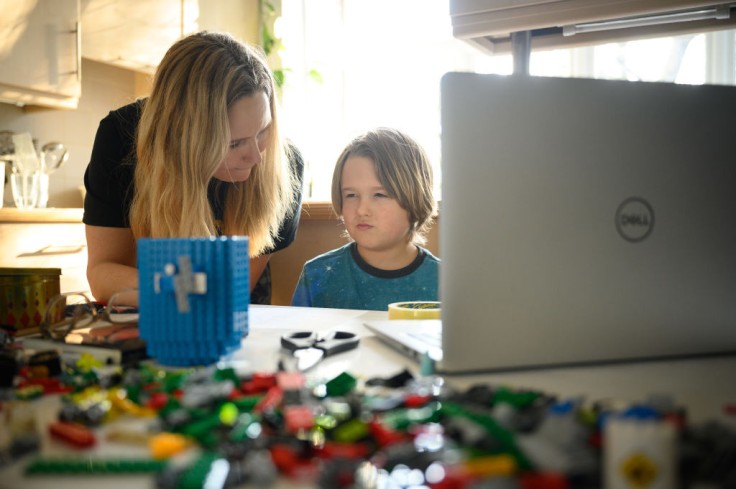
In our rapidly evolving digital world, screens have become an integral part of our lives, especially for our children.
From online learning platforms to interactive games, the benefits are undeniable. However, the challenge lies in setting boundaries and ensuring digital health. Creating a healthy screen time schedule for school-aged kids can seem daunting, but it's essential for their overall well-being.
Understanding the Importance of Setting Boundaries
In any aspect of life, boundaries are crucial. When it comes to the digital world, they play a pivotal role in ensuring our kids remain safe, mentally healthy, and physically active.
With so many distractions and temptations available at the touch of a button, setting boundaries aids in regulating consumption and ensures a balanced lifestyle.
What Do Experts Recommend?
It's always useful to turn to professional bodies for guidance. The American Academy of Pediatrics has offered some suggestions regarding screen time:
Children below the age of 2 should have no screen time.
Children aged between 2 and 12 should be limited to an hour a day.
For teenagers and adults, the recommendation is no more than two hours daily.
In addition to these guidelines, keeping tabs on screen content is crucial. Reducing screen time not only ensures better physical and mental health but also allows parents to monitor the online experiences of their children, including their social media interactions.
Impact of Excessive Screen Time
The full range of effects that prolonged screen exposure can have on kids is still a topic of ongoing research. However, what's certain is that the consequences aren't restricted to the young ones. Adults, too, are susceptible to the ill effects of excessive screen time. Overindulgence can increase the risk of obesity, disrupt sleep patterns, and even strain interpersonal relationships.
For adolescents, in particular, the concerns extend further. Numerous studies have highlighted the correlation between excessive screen time and a range of mental health issues, including anxiety, depression, and reduced attention span.
Read Also: Creating a Positive Food Environment: 7 Toxic Phrases To Avoid When Raising Healthy Eaters
Steps Towards a Healthy Screen-Time Schedule
1. Educate and Discuss: Instead of imposing strict rules, involve your kids in the discussion. Educate them about digital health and the benefits of reduced screen time.
2. Designate Screen-Free Zones: Certain areas in the home, like the dining room or bedrooms, can be made screen-free to encourage face-to-face interactions and healthier sleep habits.
3. Promote Social Interaction: Encourage your children to engage in activities that foster play and build friendships with their peers.
4. Prioritize Sleep Hygiene: Refrain from keeping electronic devices in bedrooms during nighttime and limit their use, especially just before sleeping.
5. Encourage Physical Activities: Outdoor games, sports, or even simple walks can act as a screen-time counterbalance. They not only reduce screen exposure but also offer numerous health benefits.
6. Set an Example: Children often emulate adult behaviors. By regulating your screen time and prioritizing offline activities, you set a positive example.
7. Monitor Content: Make use of parental control apps or features to ensure that the content consumed is age-appropriate and safe.
8. Regularly Review & Adjust: As your child grows and their daily routine evolves, their screen-time needs might change. Regularly revisit the schedule to ensure it remains effective and relevant.
9. Establish a Digital Detox Routine: Designate specific times during the week when the whole family disconnects from digital devices, promoting quality family time.
10. Stay Informed: As technology continues to evolve, stay updated on the latest research and recommendations about screen time and its effects on children. Adjust your strategies accordingly to ensure the optimal well-being of your child.
In conclusion, screens are here to stay, and they offer undeniable advantages. However, by setting boundaries and creating a healthy screen time schedule for school-aged kids, we can ensure that the digital world augments their growth rather than inhibits it.